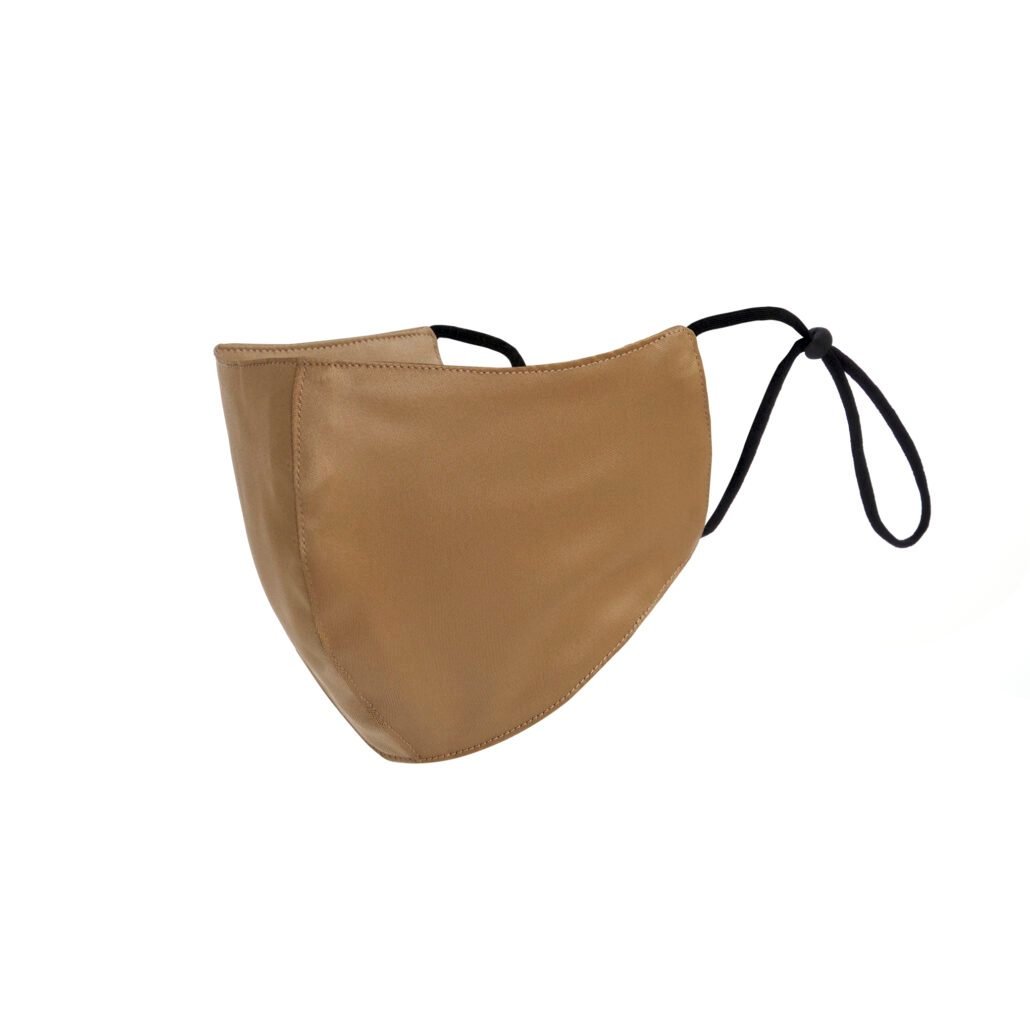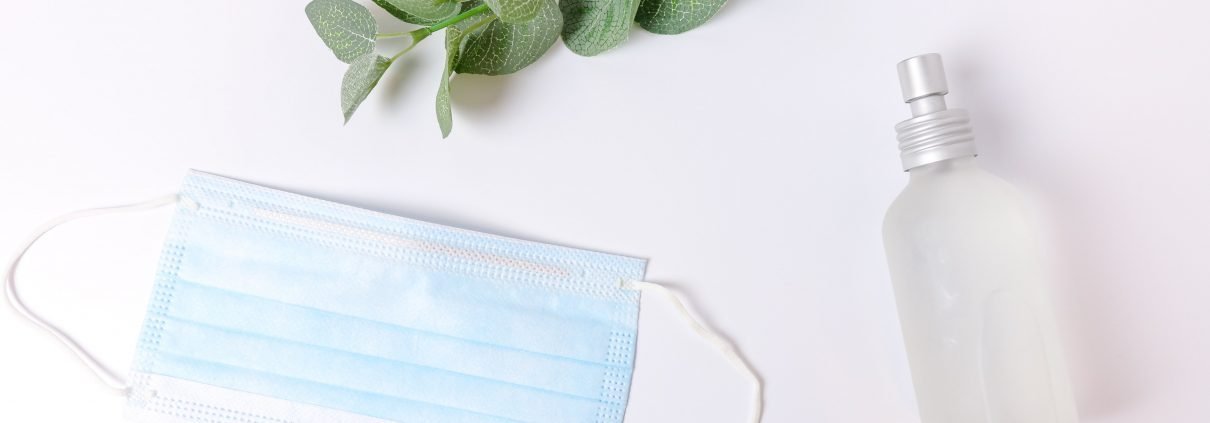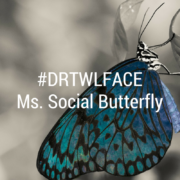Is Double Masking Effective In Preventing COVID-19?
There are multiple steps in minimising the spread of the ongoing COVID-19 pandemic. Wearing a face mask is one of them. Recently, you may have heard about “double masking”, which refers to layering one mask on another. In this article, we will discuss how effective double masking is in preventing the spread of droplets, and if it is really safe to do so.
What is “double masking” and why do individuals think it is effective?
Double masking is when you wear one mask on top of another. Many believe that adding layers of “double masking” can improve mechanical blockage from the virus droplets. Some also think that it improves the fit and filtration of your mask. Many types of masks do not fit perfectly on your face. You can probably feel air escaping through the sides of your mask when you breathe in and out. This imperfect seal allows respiratory droplets to both escape and enter your mask.
Double masking can help to better prevent this from happening. This is because the outer mask applies gentle pressure to the edges of the inner mask. The inner mask also fits more closely against your skin, creating a tighter seal. Furthermore, a second mask improves filtration by doubling the layers of material that virus-containing respiratory droplets have to pass through before coming in contact with your face and mouth.
Effectiveness of double masking
The Fugaku supercomputer analysed the effectiveness of different types and combinations of masks we wear to curb the spread of droplets during the COVID-19 outbreak. This was reported in a recent study by research giant Riken and Kobe University. The Japanese supercomputer simulations showed that wearing two masks provided limited benefit in blocking viral spread compared with one properly fitted mask.
The study by Japanese researchers also found that a single surgical-type mask, made of non-woven material, had 85% effectiveness in blocking particles. With this, adding a polyurethane mask on top boosted the effectiveness to just 89%. According to the researchers, they commented that “the performance of double masking simply does not add up”.
Wearing two non-woven masks is not useful as air resistance can build up and cause leakage around the edges. It may also be uncomfortable after an extended period of use. This is because it would feel stuffy, creating a very warm and humid environment under the mask. Furthermore, the use of 2 masks would cause additional stress to the ears from the additional set of ear loops that one has to wear. This may affect compliance as well due to the discomfort faced.
Alternative to double masking
An ideal mask to protect against COVID-19, is the CUIONS™ copper silk face mask. The CUIONS™ Copper Face Mask is for use by the general public to cover their noses and mouths, in accordance with CDC recommendations, to help prevent the spread of SARS-CoV-2, during the COVID-19 pandemic.

The CUIONS™ copper silk face mask contains copper nanoparticle impregnated fabric in 2 layers for enhanced filtration. It is active releases copper ions that are biocidal and clinically effective for anti-ageing.
Maskne prevention and treatment
This mask contains copper nanoparticle impregnated fabric in 2 layers for enhanced filtration. It is rigorously lab tested for the active release of copper ions that are biocidal and clinically effective for anti-ageing – by promoting collagen production and reducing pigmentation. It is also certified for anti-microbial functions to actively prevent and treat mask acne. Furthermore, its droplet resistance is tested equivalent to surgical mask for daily use, with a one size design tailored to accommodate all face shapes and sizes for optimal comfort and protection over prolonged periods. Learn more about mask-related skin problems in our podcast, Dermatologist Talks: Science of Beauty Ep 27.
Antibacterial properties
This copper nanoparticle mask is clinically proven to be more hygienic than the standard fabric mask. It has anti-odour properties by killing bacteria, fungi and microbes that come into contact with the mask. It is also able to maintain antibacterial efficacy up to 100 times under normal laundering conditions. You have to discard other reusable masks after 30 washes. However, the CUIONS™ and ZINCOOL™ textiles are engineered from highly durable treated synthetic fibres with cosmeceutical benefit due to nanoparticle impregnation. Hence, this mask fulfils guidelines for face masks and more.
Adding layers, ie, “double masking” is expected to improve mechanical blockage but will affect comfort or compliance. It may also not communicate the complex phenomena of airborne transmission and important environmental factors (physical distancing, outdoor or indoor, and particulate matter interactions). Face visors over a face mask may be of value by providing an additional physical barrier in the droplet trajectory and reducing the environmental contagion. Plastic visors can be disinfected or reused and may minimize the touching of mask surfaces.1
Benefits of copper for skin
A new study by researchers at the University of Southampton, UK, has found that SARS-CoV-2 are inactivated on copper surfaces in as little as 1 minute. Copper destroys the replication and propagation abilities of viruses, such as SARS-CoV-2, influenza, and other respiratory viruses. Furthermore, after a short period of exposure, copper is able to eliminate pathogenic organisms such as coronavirus, influenza, human immunodeficiency virus (HIV), and fungi.
Accordingly, Dr.TWL’s CUIONSTM technology incorporates a laboratory tested safe and effective level for consistent release of copper ions for overall skin healing, well-being, and protection against COVID-19.
References:
1. Teo WL. Design elements in face masks can provide an effective fit to prevent droplet spread: A reply to “Importance of nose wires in face masks” [published online ahead of print, 2021 Jun 5]. J Am Acad Dermatol. 2021;S0190-9622(21)01001-X. doi:10.1016/j.jaad.2021.05.017
2. Minoshima M, Lu Y, Kimura T, et al. Comparison of the antiviral effect of solid-state copper and silver compounds. J Hazard Mater. 2016;312:1-7. doi:10.1016/j.jhazmat.2016.03.023
3. Sousa BC, Cote DL. Antimicrobial Copper Cold Spray Coatings and SARS-CoV-2 Surface Inactivation. MRS Adv. 2020;5(56):2873-2880. doi:10.1557/adv.2020.366









Leave a Reply
Want to join the discussion?Feel free to contribute!